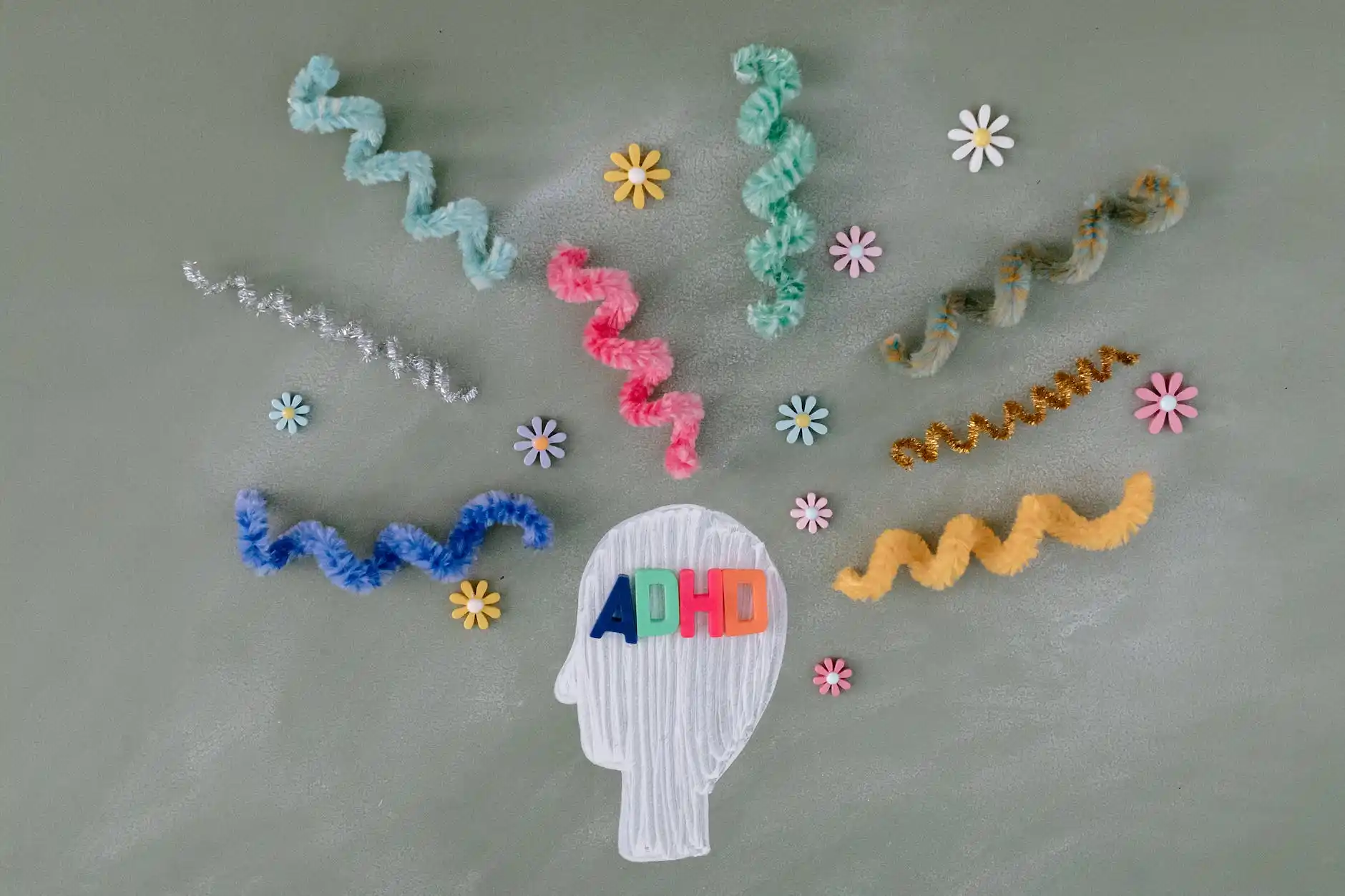
A doctor in 1798 first took notice and recorded that some of his patients were more easily distracted or unable to complete tasks the way others were able to. But these types of discoveries were generally ignored, not taken seriously, or misdiagnosed for decades (see Dr. Still’s discovery in 1903 who called ADHD an “abnormal defect of moral control in children”). There were also many names given to these types of children such as: “nervous child,” “hyper-metamorphosis,” “mental instability,” or “unstable nervous system”. It wasn’t until 1968 that it was added to the second revision of the American DSM (Diagnostic and Statistical Manual of Mental Disorders).
But our world is no longer the same as before. We can no longer ignore or beat our children’s mental health problems away the way people in the past did. It seems that as our world becomes more complicated, busier, and uncaring, all the distractions and societal pressures children face now have resulted in millions of them being diagnosed too young and often put on medications that damage their minds and spirits.
But what exactly is ADHD anyway? ADHD is a neuro-developmental disorder, and at its core, the symptoms are inattention, impulsivity, and/or hyperactivity. When seen in children, parents, teachers, and doctors are quick to jump to medication to “deal with the problem child”, either because of a lack of understanding about ADHD or want to treat the child’s misbehavior rather than getting to the root of the behavior. Instead of teaching children how to manage or cope with the symptoms of ADHD, children are prescribed highly addictive and harmful drugs that will affect them their entire lives, because ADHD does not disappear in adulthood.
In an undiagnosed adult, symptoms may be less obvious because of their years of subconscious masking, but difficulties with inattention, poor planning, time management, and impulsivity persist. These symptoms left untreated will color every task and interaction at home, work, school, and in social settings. It is estimated by Forbes that around 129 million children and adolescents worldwide between the ages of 5-19 years old have ADHD, and this number doesn’t account for the thousands of people who have never been diagnosed.
ADHD can be very disruptive for individuals and families because of the many crippling symptoms. Research shows these issues to be: hypersensitivity, hyperactivity, sensory issues, auditory processing issues, time management issues, issues with object permanence, focus issues, impulsivity, hyper fixations, executive dysfunction, and disorganization.
But there is hope, with the right habits in place, like setting up alarms to remember tasks, taking more frequent breaks to avoid burnout or loss of interest, and having people to help with accountability- ADHD can be a superpower. Just to name a few; those with ADHD are often highly creative, out-of-the-box thinkers who have learned how to work with their neuro-divergent minds to come up with solutions or smarter/faster ways of getting things done.
Many have hyper-fixations which means they can remember facts or information and are able to pick up new skills quickly (often people with undiagnosed ADHD will say things like, “I’m a quick learner”). Many have more energy and can hyper-focus on tasks that interest them. And many are highly empathetic (very good at reading people’s emotions/micro-expressions).
I know my eyes were opened when I started to hear about ADHD, which prompted me to talk to my counselor about it and get diagnosed at 27 years old. It can feel very isolating to know that there is something different about your mind but everyone just tells you to try harder and be better. Knowing that I have a symptom of ADHD now helps me find new ways of dealing with the symptom and improving my life, instead of just ignoring that aspect of me as I did before.
